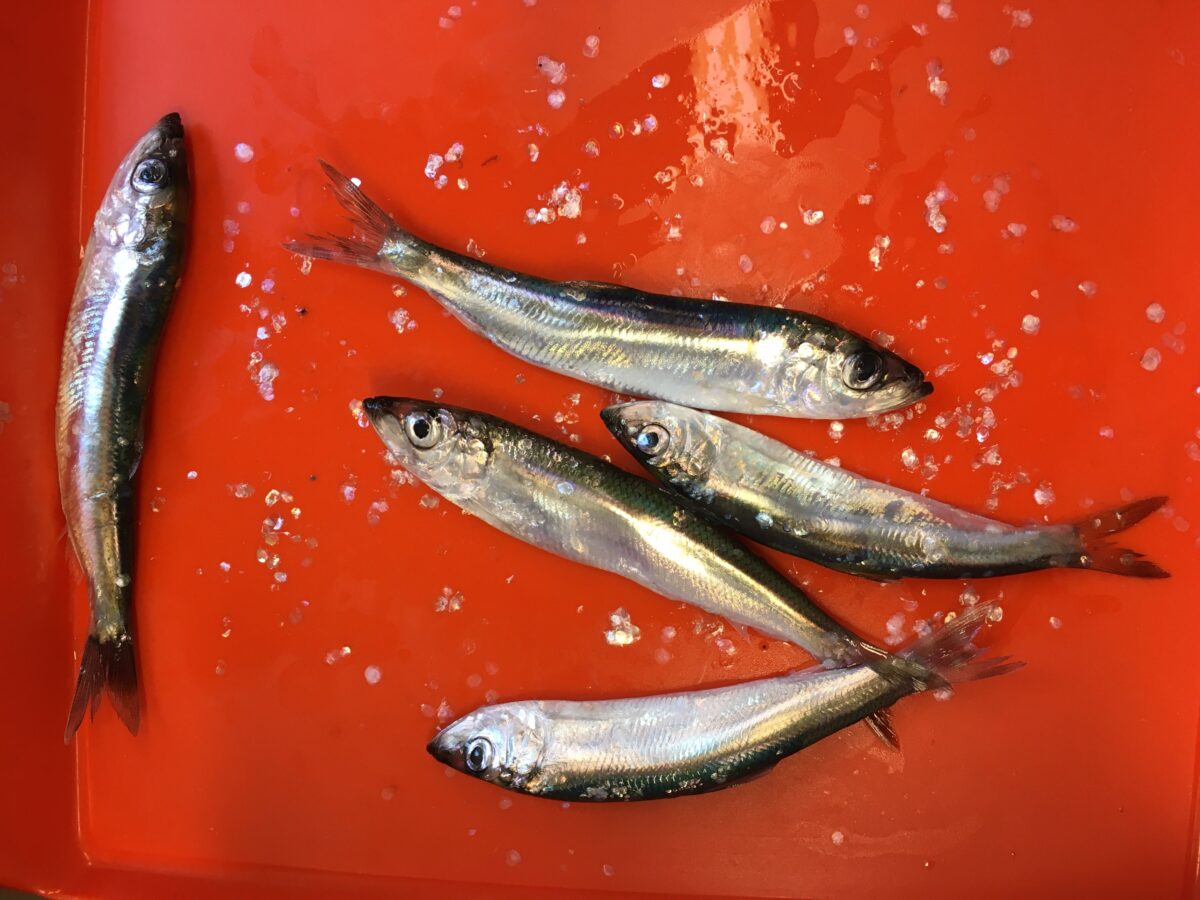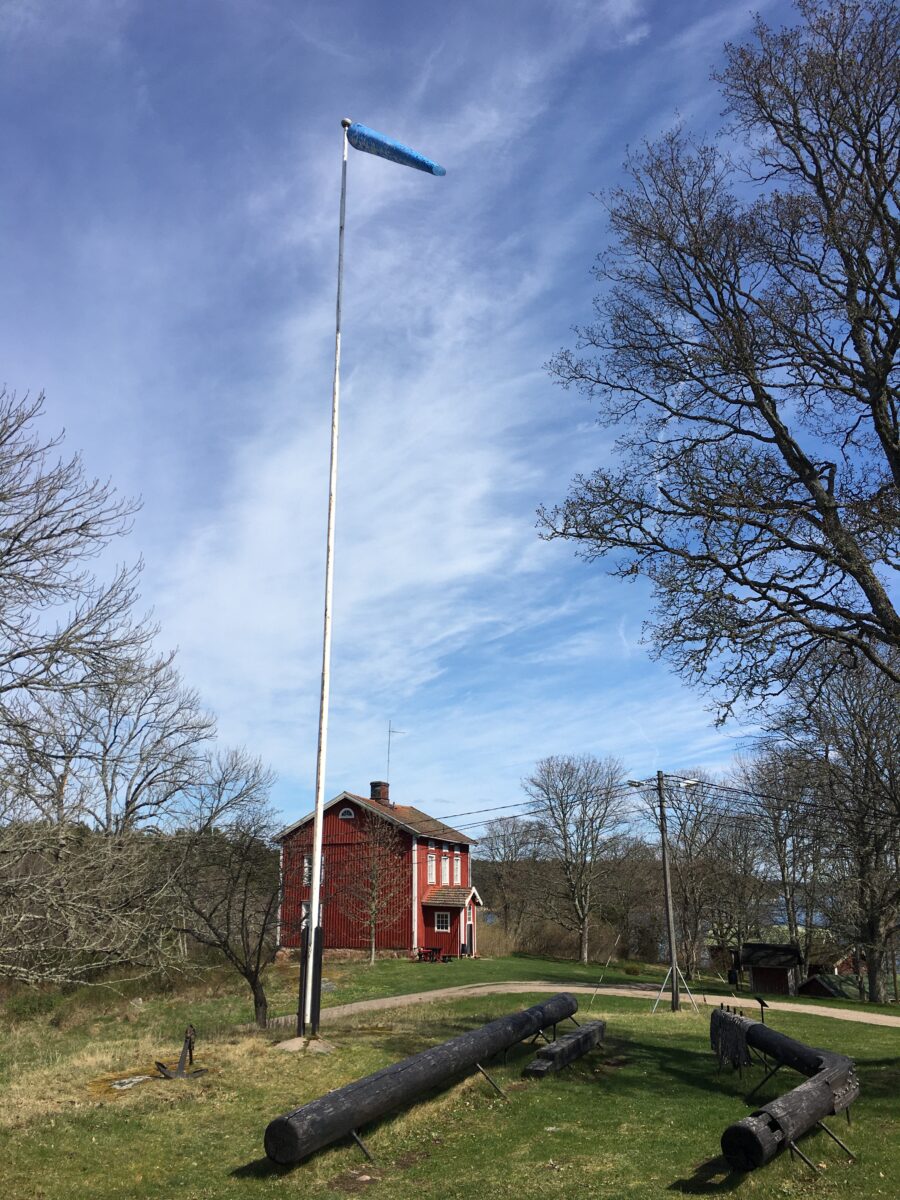Red Herring in Seili
22.-25.4.2025
Archipelago Research Institute, Seili
Our journey began in Turku, where the Red Herring network was invited to attend the rehearsal of Lotta Petronella’s new performance work Själö Herbarium. Lotta and the choir guided us towards the island of Seili by sending us to follow the seals, the first mammals to inhabit the island way before humans. Some hours later, as we were approaching Seili on the ferry, a seal greeted us briefly before disappearing into the mist.
We arrived on the island of Seili at the same time with the first Baltic herring caught this spring by the scientists at the Archipelago Research Institute of Turku University. We were able to dive straight into the Institute’s long-term research which has focused on the herring for 40 years and witnessed dramatic changes in the local population. Senior researcher Katja Mäkinen introduced the time series of data, collected and studied at the Institute, which has revealed for example correlations between the impacts of climate change on the local marine ecosystem, the decreasing salinity of the sea and the shrinking size of the herring. Katja also guided us in the lab to meet the favourite food of herring and other plankton species that form the basis of the rapidly transforming foodweb in the Archipelago Sea. Thank you to the whole herring project team – researcher Aarne Lauerma and research assistants Laura Lammi and Mikko Kaasinen – for sharing their knowledge and methods with us.
We explored the island and its myriad simultaneous temporalities, tuning into the deep time of post-glacial rebound alongside the historical layers of conquests and institutions, and intertwined ecological and cultural transformations. Standing on the spongy edges of a bog, we discussed the pasts and possible futures of these ever-shifting shorelines and fluctuating distinctions between land and the sea. Various maps found on the island guided the conversations through centuries of both political and mythological imaginaries. Artists Anja Örn, Maria Ångerman and Kristina Õllek shared their work, weaving connections along the currents that connect diverse bodies and depths of waters. On our way back to the mainland we stopped in the harbour of Nagu island for lunch – fried herring, naturally – together with Katja Bonnevier, the coordinator of the Archipelago Sea Biosphere Reserve.
This was the last field trip in the first phase of the development of the Red Herring network (2024-25) following visits to the islands of Gotland (Sweden, October 2024) and Hiiumaa (Estonia, February 2025). The project brings together artists and scientists across the Baltic Sea to address the intertwined ecological and societal changes affecting the shared marine environment and the communities around it. Red Herring is co-organised by CAA, Baltic Art Center BAC and Kordon Residency with support from the Nordic Culture Point.




